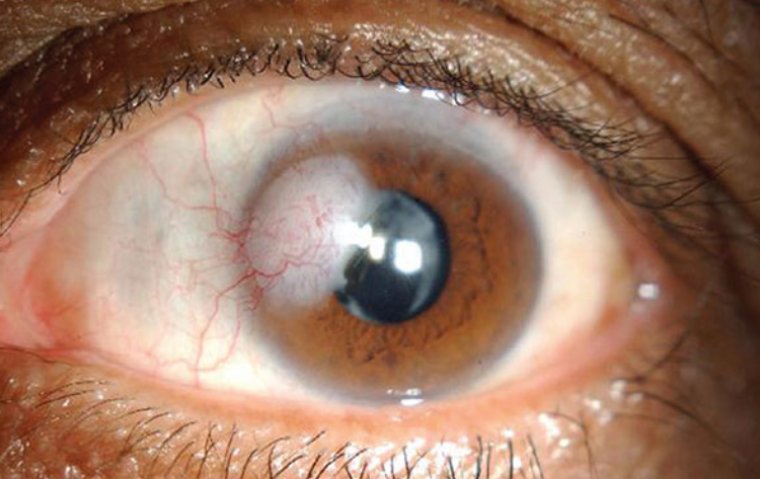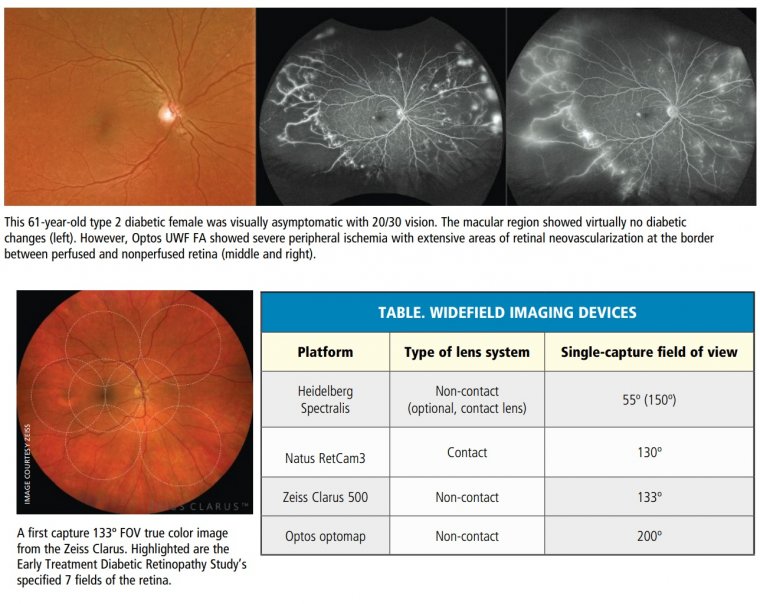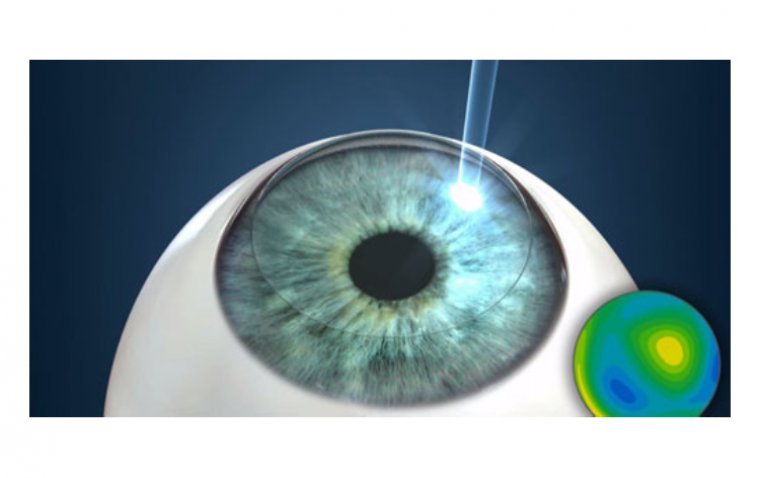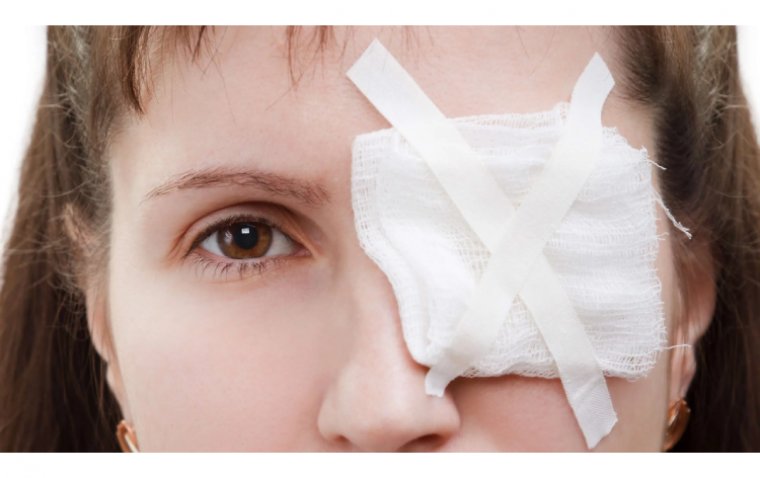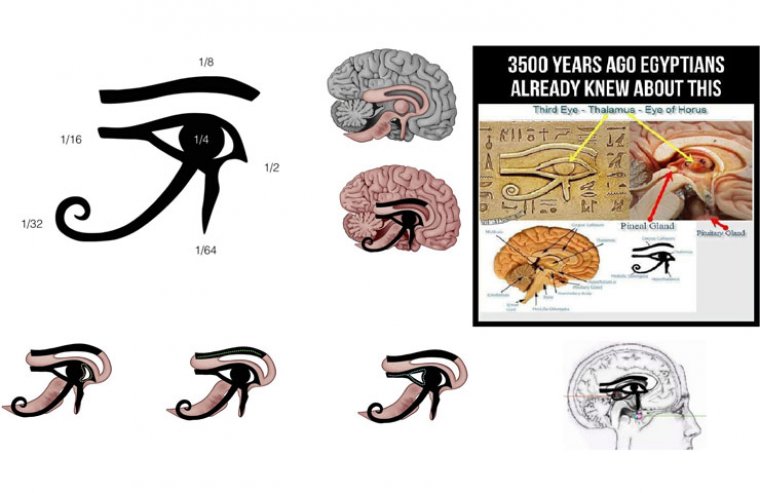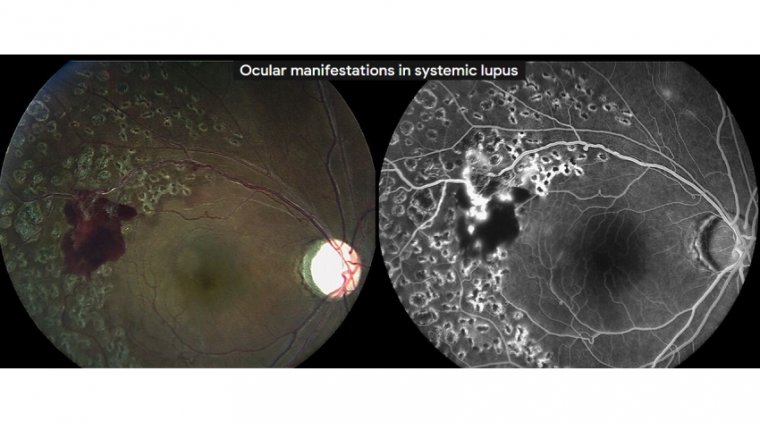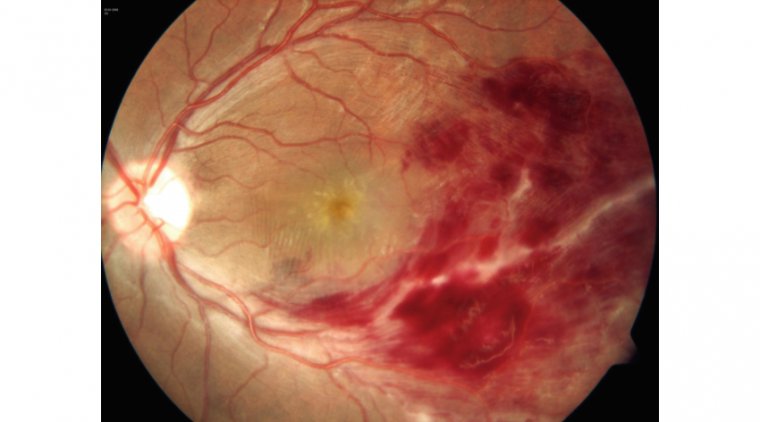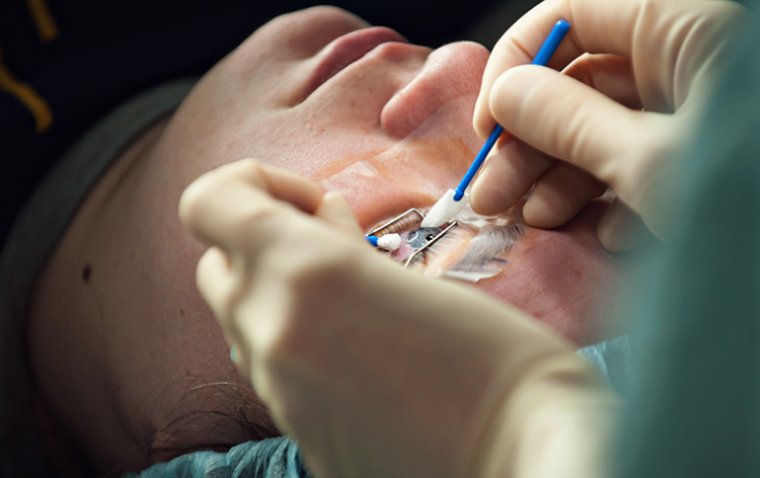
Radial Keratotomy: A Comprehensive Guide to Nearsightedness Correction
What Is Radial Keratotomy?
Radial Keratotomy (RK) stands as a significant milestone in the evolution of vision correction surgeries. This procedure, introduced in the 1970s, paved the way for modern refractive surgeries. This comprehensive article aims to provide an in-depth understanding of radial keratotomy, exploring its procedure, benefits, risks, recovery, and how it compares to contemporary refractive techniques.
Understanding Radial Keratotomy
Radial Keratotomy involves the precise creation of radial incisions on the cornea, which is the transparent front part of the eye. The goal is to flatten the cornea's curvature, thus correcting nearsightedness (myopia). Each incision acts like a spoke in a wheel, allowing the cornea to flatten and light to focus properly on the retina, improving distance vision.
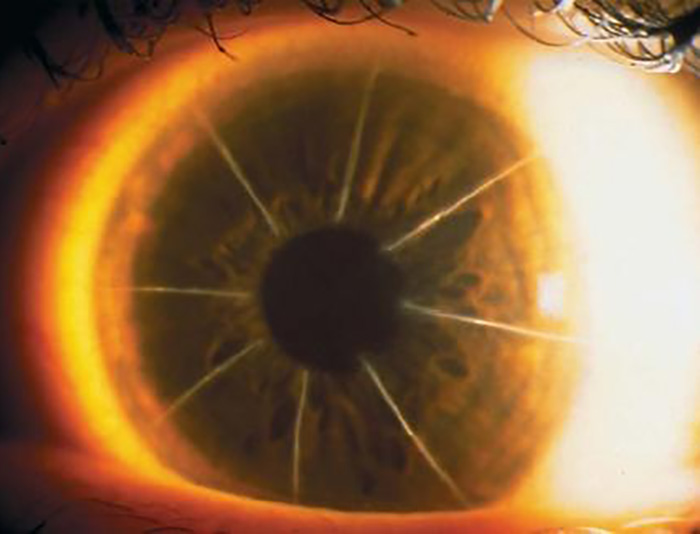
Benefits of Radial Keratotomy
One of the primary advantages of RK is its rapid visual recovery, with many patients experiencing improved vision within a few days of the surgery. Additionally, RK is minimally invasive and generally associated with relatively low levels of discomfort during recovery. The procedure's track record has shown stable long-term outcomes for many patients, contributing to its appeal as an effective vision correction option.
However, it's important to note that with the advancement of newer refractive surgery techniques such as LASIK and SMILE, RK has become less common due to their enhanced precision and reduced risk of complications.
Risks and Considerations
While RK has brought visual freedom to many, it's crucial to acknowledge potential risks. Overcorrection, undercorrection, fluctuating vision, and visual disturbances like glare and halos are possible side effects. The outcome can be influenced by factors like the initial degree of nearsightedness, corneal thickness, and individual healing responses. Thorough pre-operative evaluations and discussions with experienced eye care professionals are essential to manage expectations.
Who Is a Candidate for Radial Keratotomy?
A good candidate for Radial Keratotomy typically had stable myopia (nearsightedness) for at least a year, preferably with a prescription that hasn't changed significantly. The ideal candidate would have a moderate level of myopia, typically up to -6.00 diopters, as higher levels of myopia might have a higher risk of complications. It's important that the cornea has enough thickness to allow for the creation of the incisions without compromising its structural integrity.
Candidates should also have realistic expectations about the results of the procedure. While RK can improve vision, it might not eliminate the need for glasses or contacts entirely, and there is a possibility of needing enhancements over time. Individuals with certain eye conditions, such as corneal irregularities or diseases, may not be suitable candidates for RK. A thorough eye examination and consultation with an experienced eye surgeon would be necessary to determine the best treatment option for each individual, taking into account their specific eye health and needs.
The Radial Keratotomy Procedure
RK is typically performed under local anesthesia. A diamond knife is used to create precise radial incisions on the cornea. The number and depth of incisions are determined based on the degree of nearsightedness. The corneal reshaping achieved through these incisions improves the eye's refractive power, leading to enhanced distance vision.
What to Expect After Radial Keratotomy
After undergoing Radial Keratotomy (RK), patients can expect a recovery period and changes in their vision. However, it's important to note that RK has become less common due to the advent of more advanced refractive surgery techniques like LASIK and SMILE. If you're considering any type of eye surgery, it's best to consult a qualified eye surgeon for the most up-to-date and accurate information.
Assuming you've had RK, here's what you might expect during the recovery process:
1. Initial Recovery: After the procedure, your eyes might feel scratchy, irritated, or watery. You might experience mild discomfort or a foreign body sensation for a few days. Your doctor might prescribe eye drops to help with healing and manage any discomfort.
2. Visual Changes: Initially, your vision might be blurry or hazy. This is common as your eyes heal and adjust to the changes in the cornea. It might take several days to a few weeks for your vision to stabilize and improve.
3. Visual Acuity Improvement: Many patients experience improved vision within the first week after RK. However, it's important to understand that the full extent of visual improvement might take some time, and your vision might continue to improve gradually over several months.
4. Stable Vision: After the initial healing period, your vision should stabilize. However, it's important to keep in mind that RK might not offer the same level of precision and stability as newer refractive surgery techniques like LASIK or SMILE.
5. Potential Complications: As with any surgical procedure, there are potential risks and complications associated with RK, such as overcorrection, undercorrection, glare, halos, and fluctuating vision. This is why regular follow-up appointments are essential to monitor your progress.
Following RK, patients may experience initial discomfort, light sensitivity, and fluctuations in vision. Vision stabilizes over a few weeks to months. Post-operative care involves using prescribed eye drops, attending follow-up appointments, and adhering to guidelines to ensure proper healing. Activities like rubbing the eyes and exposure to irritants are to be avoided during recovery.
LASIK – PRK or PK?
While RK played a pivotal role in vision correction history, newer procedures like LASIK and Photorefractive Keratectomy (PRK) have taken center stage due to their enhanced precision and reduced risk of complications. LASIK, for instance, utilizes laser technology to reshape the cornea, offering quicker recovery and reduced discomfort compared to RK.
In summary, LASIK offers quick recovery but with some flap-related concerns. SMILE provides a minimally invasive option and potential reduced dry eye risks. PRK suits thin corneas but has a slower recovery and discomfort. PK, a corneal transplant, is used for severe cases, with a longer recovery and potential complications. Choosing the most appropriate procedure depends on individual eye conditions and preferences, warranting expert advice from an eye care professional.
Summary
Radial keratotomy has waned in popularity over time. While it once held promise for vision correction, RK's use has significantly diminished due to the emergence of more advanced and precise refractive surgery techniques such as LASIK and SMILE. These newer options offer improved predictability, faster recovery, and reduced risks, making them preferred choices for individuals seeking effective and reliable vision correction.
While RK has its merits, individuals seeking vision correction are encouraged to explore contemporary options too and consult with experienced eye care professionals to determine the most suitable approach for their visual needs.
(1).jpg)
